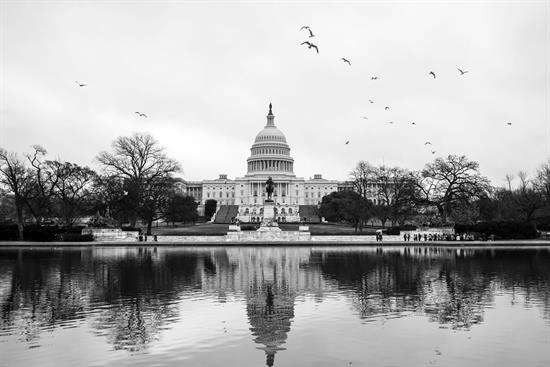- Meet Ralph
- Current Issues
- Serving You
- Emergency Preparedness
- Tele-Town Hall Signup
- Help with a Federal Agency
- Expedited Passports
- Visiting Washington
- Meeting Request
- Service Academy Nomination
- Congressional Commendation
- Appropriations Request
- Flag Request
- Federal Grants
- Congressional App Challenge
- Congressional Art Competition
- Surplus Books
- Internships
- Kids Page
- Media
- Contact
Blog
The Debt Ceiling
Washington, D.C.,
January 17, 2023
Tags:
Spending Cuts and Debt
Over the coming weeks and months, you’ll likely hear a lot about the debt ceiling. That’s the legal amount of money the federal government can borrow.
$31,381,000,000,000 is our current debt limit. That’s $31.4 trillion, which is a MASSIVE amount of debt. The government owes this money because politicians in Washington simply will not stop spending. This has been the case for decades, and Republicans are just as much to blame as Democrats. The establishment loves to spend money we cannot afford using money we do not have. Year after year, deficit spending forces the Treasury to borrow tons of money. That’s because tax revenues don’t come close to paying for all this spending. Meanwhile, the minority of conservatives like me who vote against reckless spending – even for otherwise noble efforts – are ridiculed and called every name under the sun. It’d be hilarious if it weren’t so serious. Anyway, around Thursday of this week, the U.S. will reach our $31.4 trillion gross federal debt limit, at which point the Treasury will begin implementing “special measures” so the country can continue to meet its financial obligations for a few more months. However, by this spring or perhaps summer at the latest, Congress will need to raise the debt ceiling once again. Failure to do so could potentially cause the government to default on certain payments and would certainly send the markets and economy into chaos. That would be disastrous, and we obviously need to avoid that situation. Therefore, the question becomes… *** How do we address the debt ceiling issue in a divided Congress, with the firm understanding that reasonable, incremental spending cuts need to be part of this process? Remember: one of the “concessions” I fought so hard for during the House Speaker’s election a couple weeks ago was a commitment to put our nation on a trajectory to balance the budget within 10 years. (That’s back when some Republican commentators were still calling me a “traitor” and a “terrorist” before conveniently changing their tone after everything worked out for the better.) So, I trust & expect Speaker McCarthy will hold true to his word on this. In part, this means that every major piece of financial legislation ought to come with some incremental, responsible spending cuts to keep us moving along a trajectory towards a balanced budget. That’ll take time and effort of course, but whether it’s a normal appropriations bill or something like a debt ceiling increase, every step along the way represents another opportunity to cut a little more spending to help balance the budget within ~10 years. But alas, we already have some Democrats in Congress saying they will not negotiate ANY spending reductions as part of this next debt ceiling increase; that cuts of any type are completely off the table. It’s unbelievable. Of all the unnecessary, wasteful spending in this government, this position just illustrates how committed they are to the cradle-to-grave government nanny state. We’ll have to see how negotiations play out, but the bottom line is this: Republicans need to see some degree of incremental spending cuts in these debt ceiling negotiations. An agreement without some reasonable cuts is unacceptable. |
